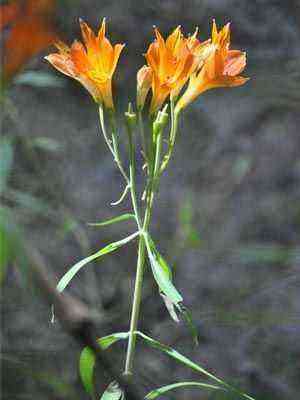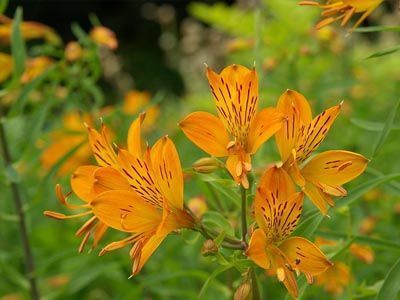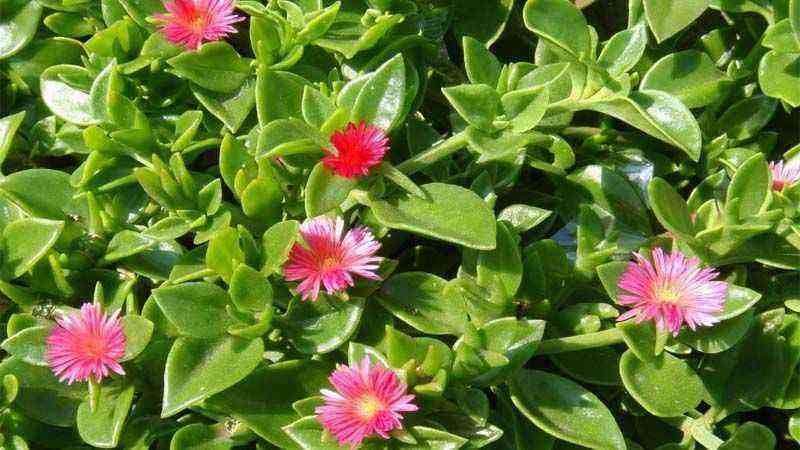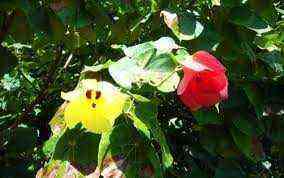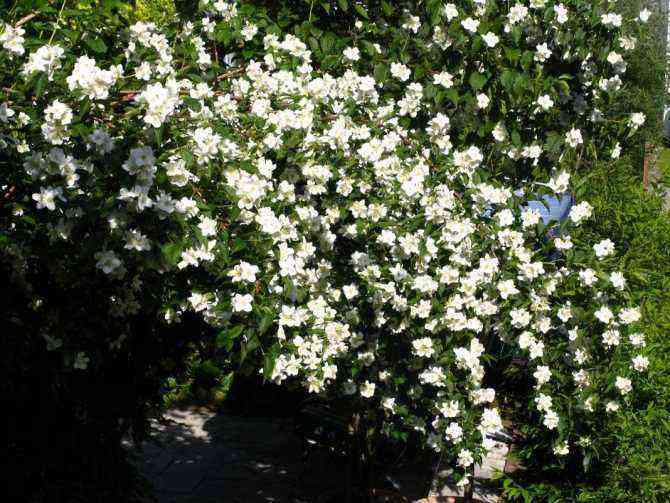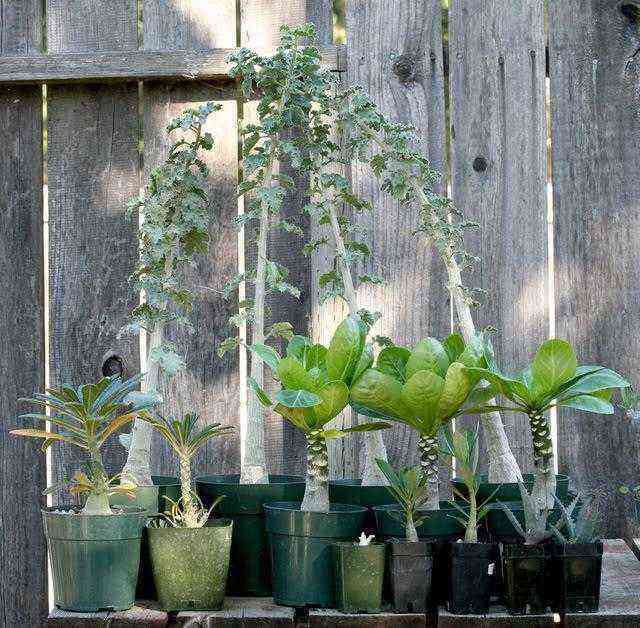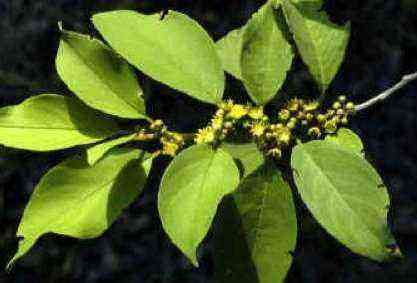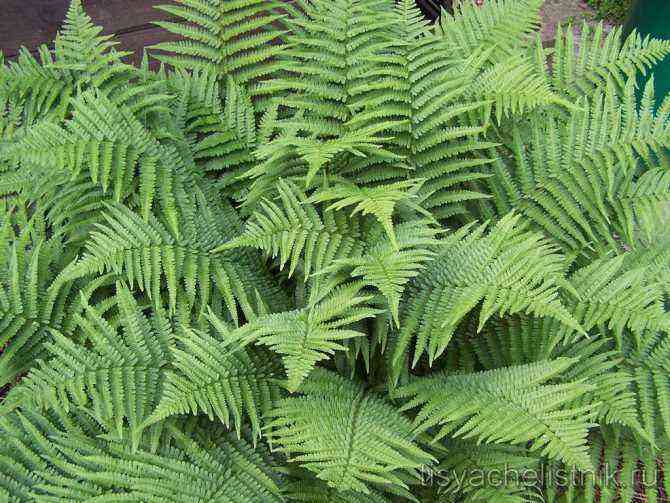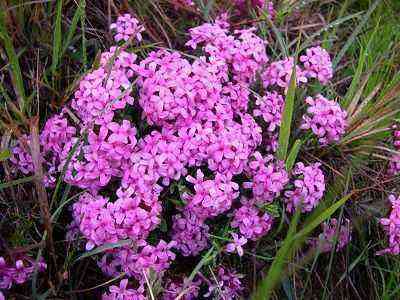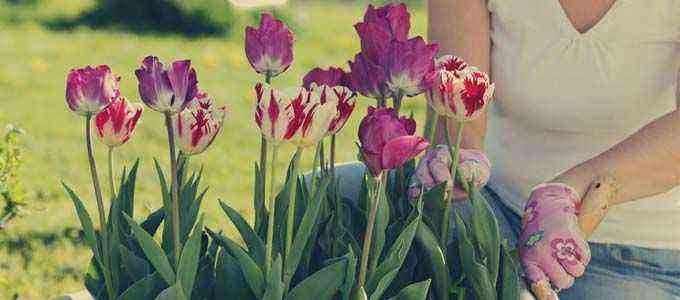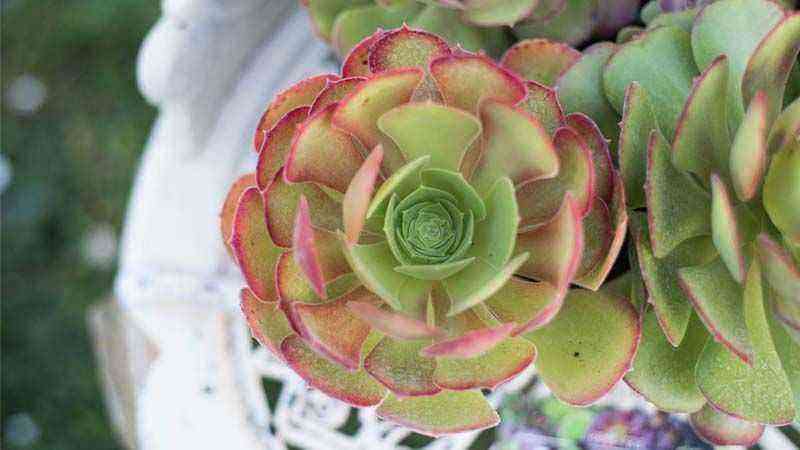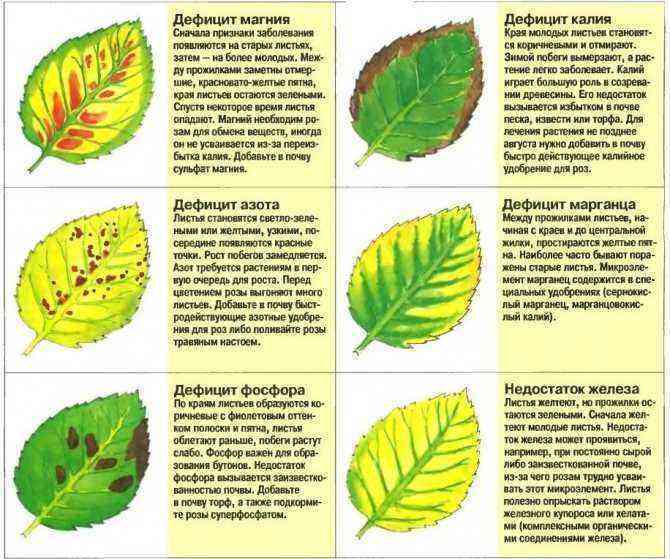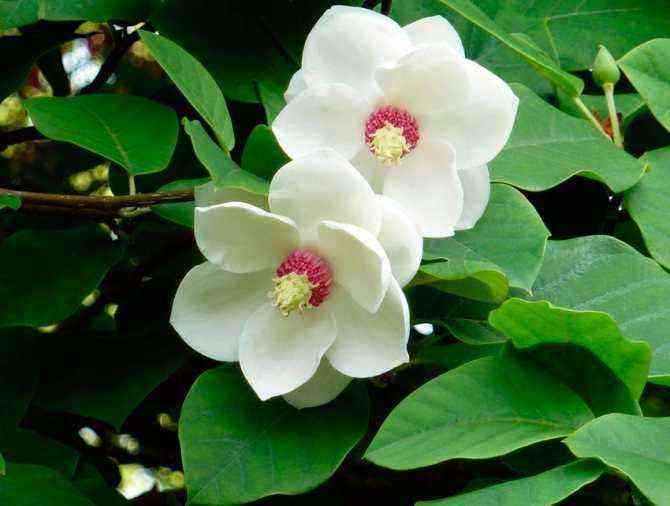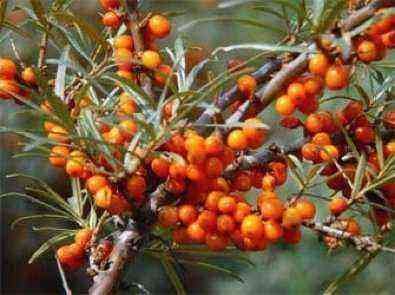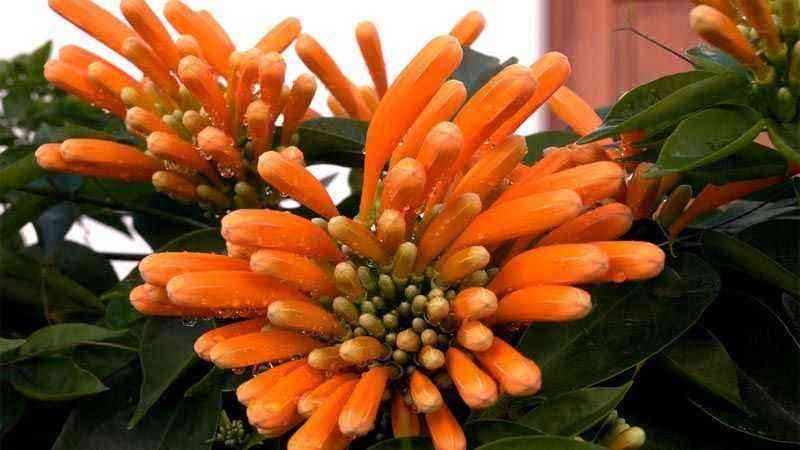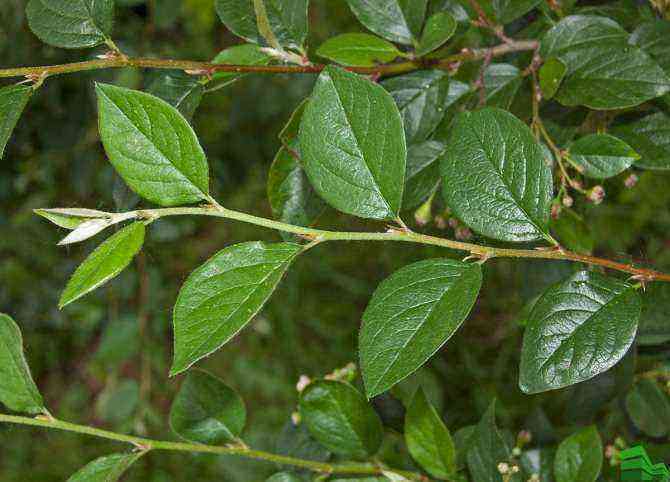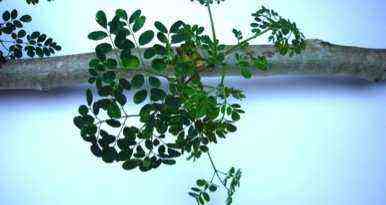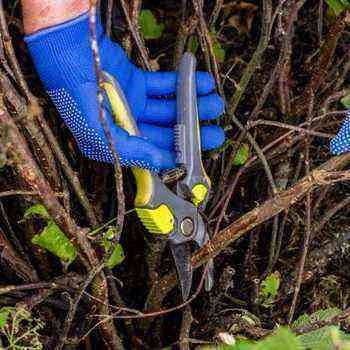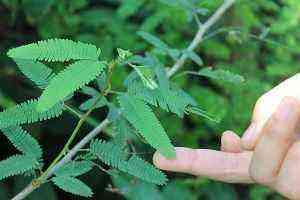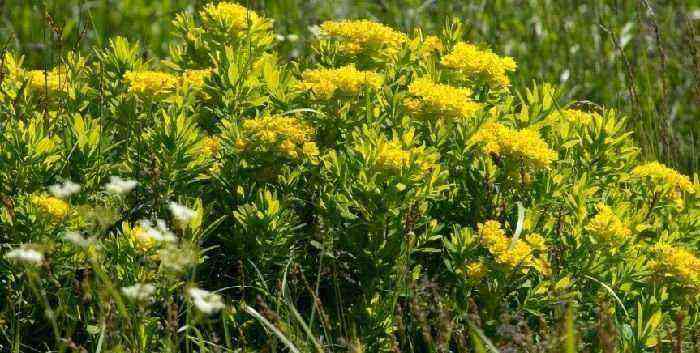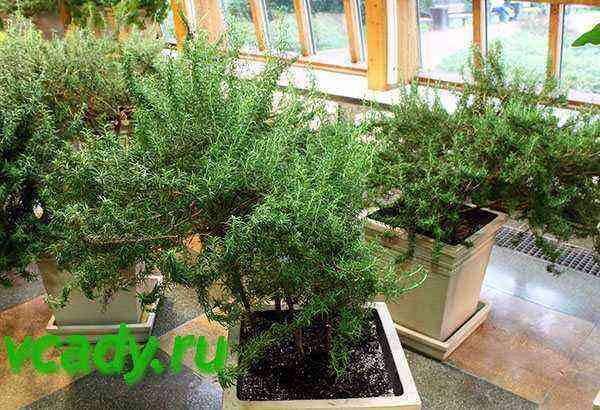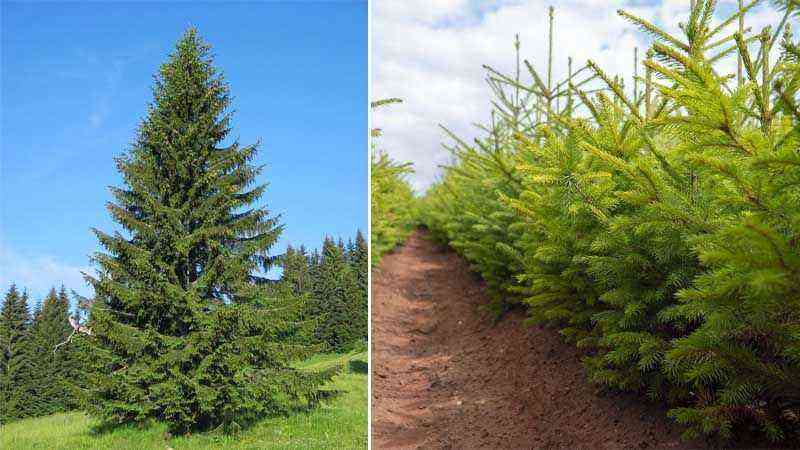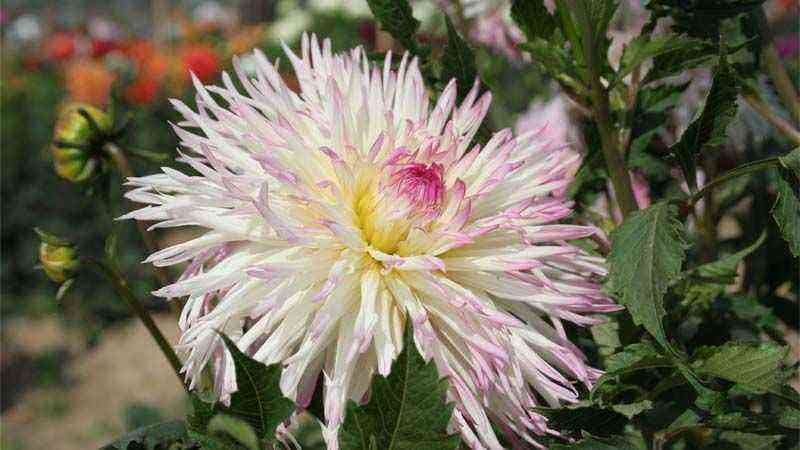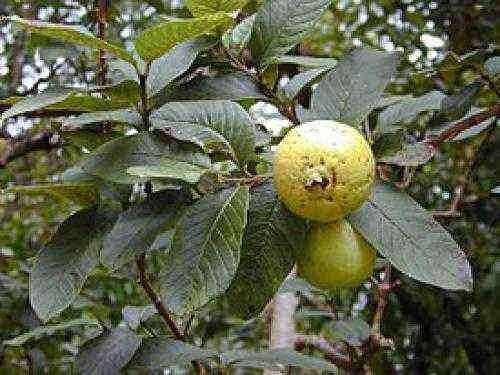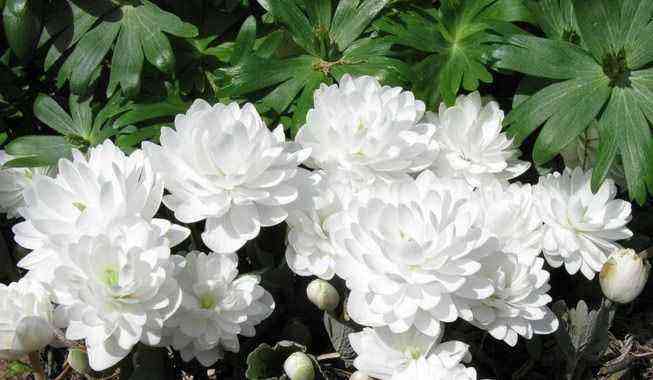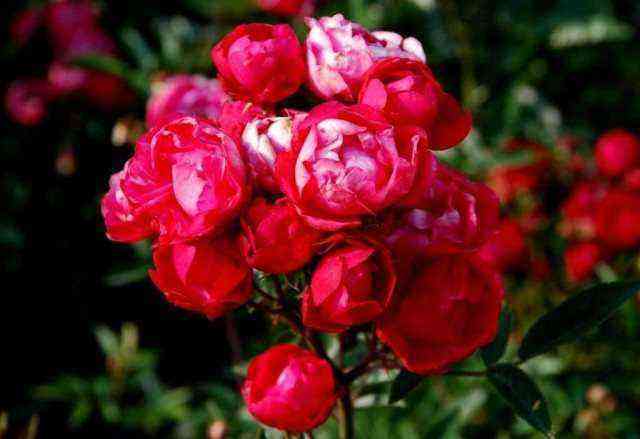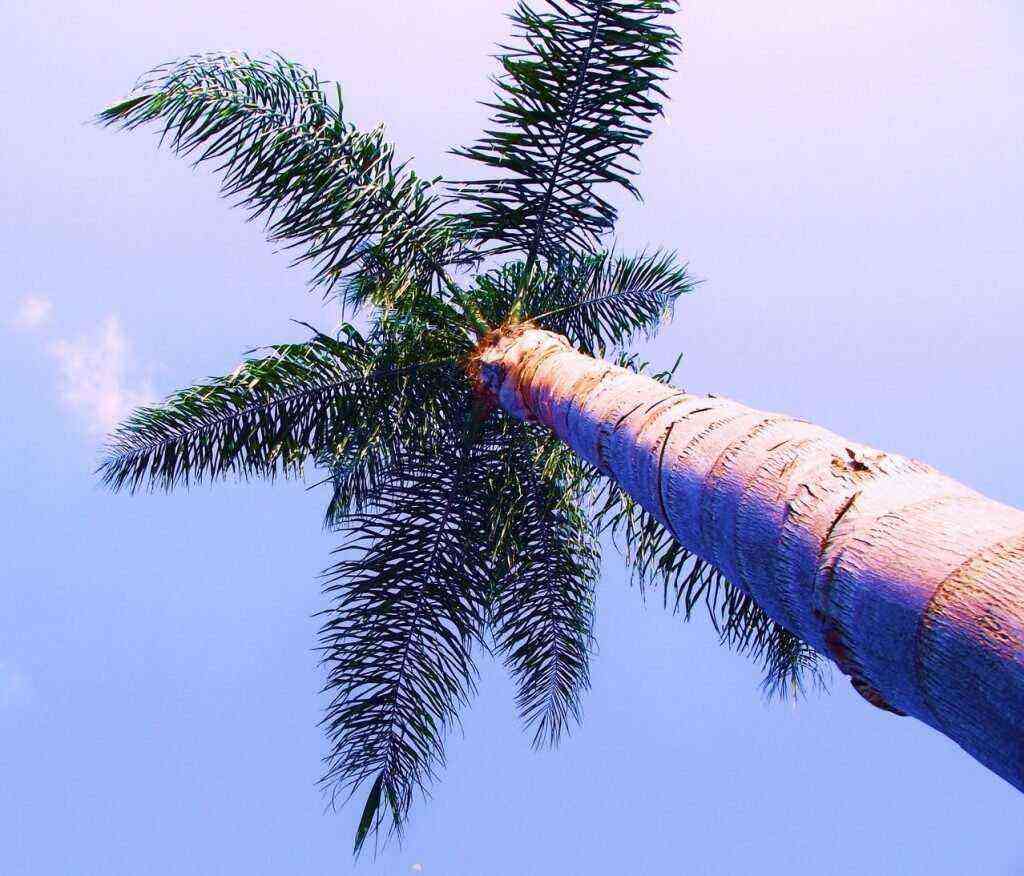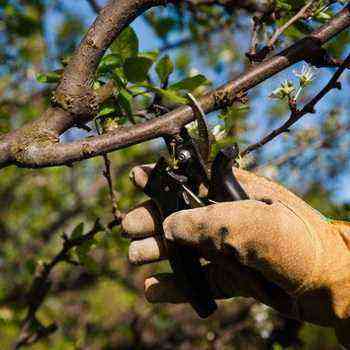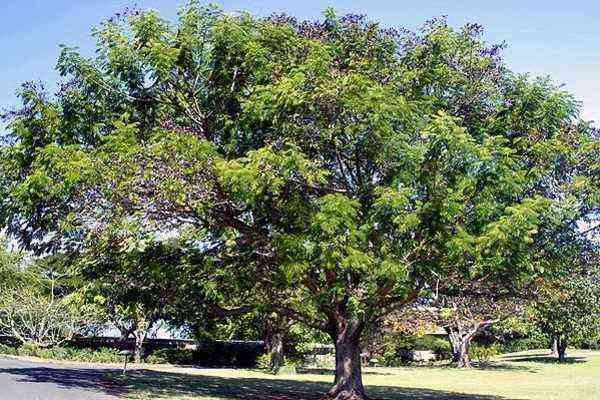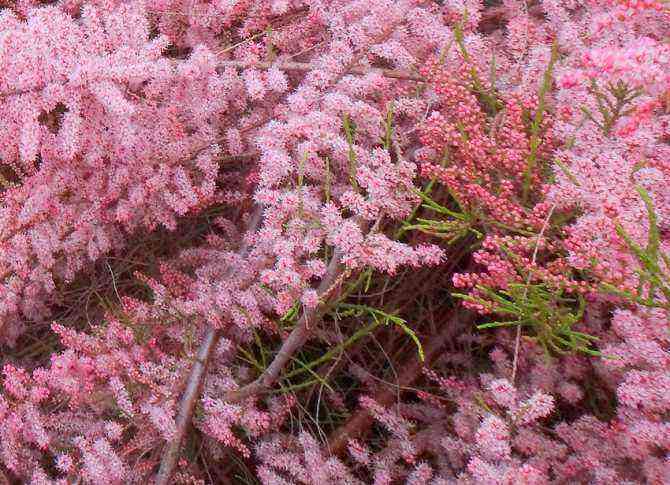Well into autumn, with the arrival of colder days and less light, plants and trees already see the ears of the winter wolf and they are extinguishing their forces for lethargy and the next spring explosion. However, the great variety of flora in the world allows us to enjoy flowers all year round. Today we bring you a very recurring one that can continue to bloom at this time of year, giving touches of color in the garden. The Alstroemeria aurantiaca.
Let’s delve a little into this species (Alstroemeria aurantiaca)
Actually, when we talk about Alstroemerias, we mean a genus of plants made up of a few species (more than 100). Among them, one of the best known is the one we are exhibiting today in Agromática. The Alstroemeria aurantiaca o Alstroemeria aurea. It is characterized by its yellow-orange flower and its structure is very similar to that of lilies. In fact, among its common names it is known by lily of the incas. Its origin is South American, specifically from the Andean forests.
With this data we can already imagine where we are going to have the thermal ranges of this plant.
The cold holds it, that’s for sure … Then we see it. The plant in question can reach more than one meter in height although the vast majority of times, it usually stays in a few 60-80cm. The leaves are lanceolate (elongated) opposite of a green not too bright but leafy and the flowering always occurs in the apical area of the stem as we see in the photos.
It is a rhizomatous plant, that is, with a horizontal extension root system, from which new shoots emerge.
In the hottest periods, the plant tends to generate new secondary rhizomes and to extend its root system. Many shoots are also generated that end up being stems, although not all will produce flowers at the end of development. The stems that generate flower do so in the apical zone, where there will be an average of 4 flowers per stem.
As a vegetable tapestry where it is not going to be stepped on, it is a highly recommended choice as a garden flower.
One of the reasons for publishing this flower is that the flowers last a long time, taking into account that it can begin to bloom in late spring, it continues throughout the summer, extending until autumn on numerous occasions. In fact, productive flower spikes tend to be more pronounced (depending on which varieties) during the spring and fall.
Growing conditions and care of Alstroemeria aurantiaca
How do you adapt to the cold Alstroemeria aurantiaca?
Being of Andean origin, we are all clear that its resistance below 0 celsius is assured. It is curious to see how many of the species with bright and vibrant colors tend to belong to tropical areas. However here we have a complete exception.
Despite having an impressive and vivid color when flowering, it is a plant that can withstand down to -10ºC with ease in winter. From here it can survive but will suffer cold damage.
Of course in Spain we can grow it in mountainous areas without any problem. In fact, the average summer temperature of between 17ºC and 22ºC with cool nights Cooling the soil is an ideal thermal range for this plant.
During the autumn and winter months, daily average temperatures of between 10ºC and 15ºC are also a very good thermal range.
Lighting – Sun or Shade?
It is a mountain flower and as such, the continued sun exposure is your fate. It can also grow in a semi-shadow situation, although its growth will surely be somewhat slower. In Spain, taking into account the levels of insolation combined with temperature in summer (even in mountain areas), it will be necessary to attentive to irrigation and soil temperature as we will now see.
Soil characteristics
Since part of its development is generated in the subsoil (extension of the roots in the form of rhizomes) its temperature plays a very important role in its development. A temperature of 14ºC in the root zone is ideal, Soil temperature that in general in Europe is easily achieved except in Mediterranean areas where it is usually somewhat higher (17ºC).
However, in terms of purely edaphic properties it supports a very large amount of soils, from sandy to even clayey as long as it has a good drainage. “Clay and good drainage” may seem contradictory, and in fact it is, but according to what areas (especially productive), even though it is a clay soil, artificial drainage exists, but it must be done …
[alert style = »brown»] The pH is not a problem either, supporting quite acidic, neutral and slightly basic soils. A Soil pH of 5.5 It is not at all unreasonable for the Alstroemeria aurantiaca. It holds the alkalinity worse. [/ Alert]
Irrigation
Here we have the biggest of our problems in the management of this plant. Alstroemeria aurantiaca has a very superficial root system that it should not be flooded but wet quite often. That is, we must do frequent waterings. Superficial roots have that drawback. The water in the areas closest to the surface quickly evaporates and what remains usually percolates a few centimeters. Frequency is almost more important than quantity.
En autumn and winter it is logical to lower the frequency as in almost all the plants of this world. In an attempt to maintain a contained soil temperature (if it is very hot), watering can help to cool.
Everything has a “but”, the Alstroemeria aurantiaca also
A resistant plant, easy to grow, withstanding severe winter cold … Why is it not so well known? Why haven’t we seen it more? It is a plant that can produce allergic skin reactions when handling it (cutting stems, leaves, etc.) It contains compounds such as that can be allergens and cause dermatitis. For this reason, it is recommended to handle them with gloves since they are widely used as cut flowers for vases due to their slenderness, color and resistance after cutting.
